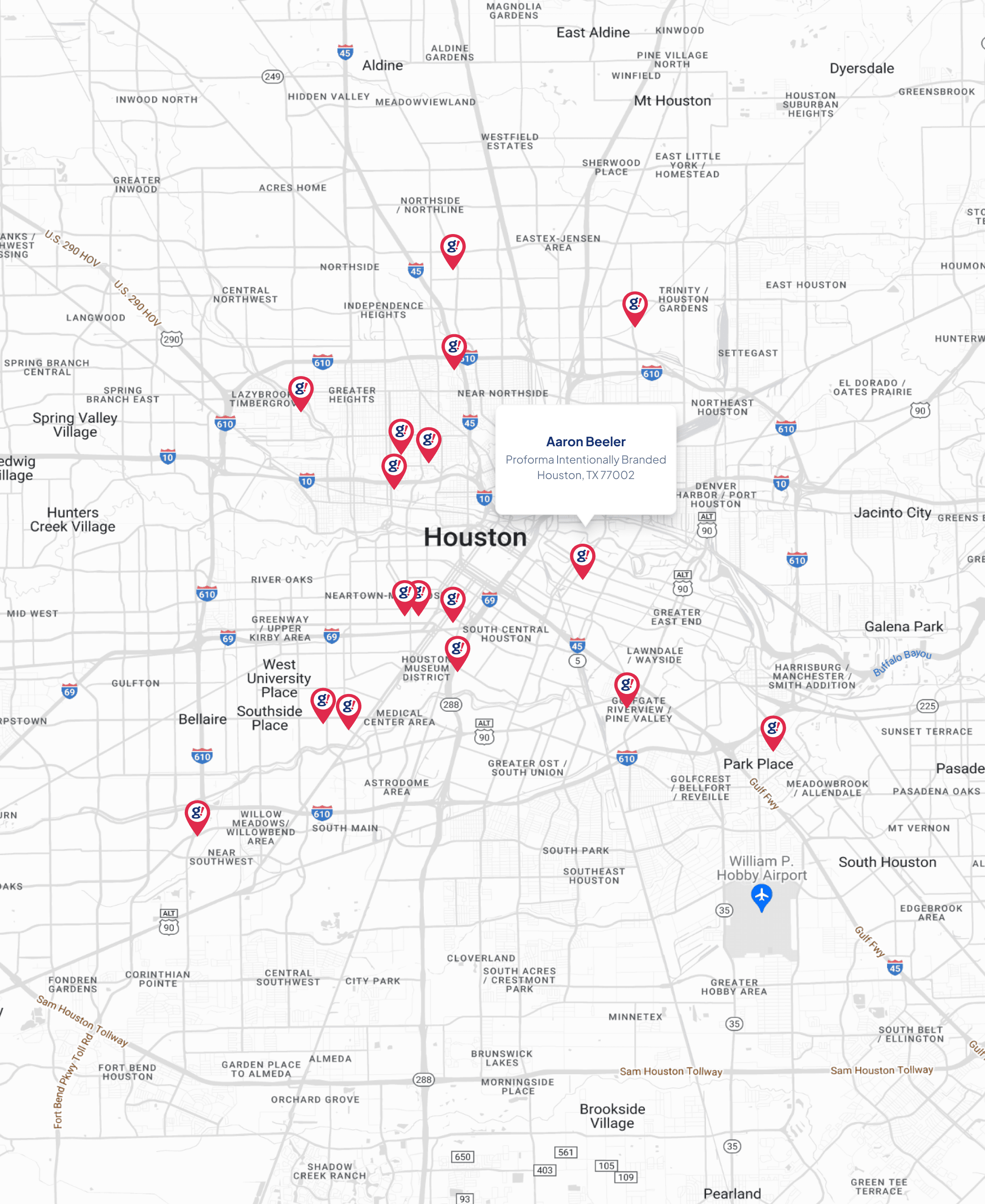5 ways to improve the open rates for your marketing emails - Jilt
- Updated on: 2019-05-28
- Read original article here

Email may be the elder statesman of the digital marketing realm, but don’t let that fool you. Far from being outdated and decrepit, it continues to deliver reach, results, and revenue.
In fact, it’s not only holding its own, it’s actually outperforming social media, search engine optimization, and paid ads in many key metrics:
But—and this is a big but—absolutely none of that matters if your recipients aren’t opening your emails.
Overall, the average open rate for marketing emails is 20.81 percentaccording to Mailchimp and only 16.74 percent according to Constant Contact.
The open rate varies depending on the industry, and your mileage may vary, but one thing is indisputable: A higher open rate is always a good thing.
Here are some tips to help make it happen.
The subject line is the first thing recipients see when your email arrives in their inbox. A good one gets you opened. A bad one—or even just a decent one—most likely gets you ignored, deleted, or even reported as spam.
So what makes a “good” one?
It’s short. Subject lines between six and 10 words have the highest open rate. A study by Marketo found that within that range, seven words (or 41 characters) had the highest click-to-open rate at 10.80 percent.
Other experts recommend using just around 15 characters. That’s roughly two or three words.
Keeping the character count below 60 is a good rule of thumb to make sure your entire subject will be shown on pretty much all desktop email clients. If most of your recipients are opening on mobile, you’ll want to limit it to 40 or less for the same reason.
It’s personalized. A subject line with the recipient’s name is 26 percent more likely to be opened.
It’s attention-grabbing, but clear. Build a little mystery, pique curiosity, ask a question, create some urgency or excitement, make a controversial statement. You can also experiment with using one or two relevant emojis to really stand out in the inbox.
It uses power words and avoids spammy words and phrases.
It’s optimized. Play, experiment, and hack your subject lines. Test, track, and tweak for your audience.
You do your best to keep your email list current and up-to-date, but it’s inevitable that it’ll bleed subscribers over time (around 22.5 percent per year).
Abandoned addresses, invalid domains, and disengaged recipients need to be scrubbed from your list. Otherwise, your reputation and sender score can be impacted by low open and click rates, too many bounces, and complaint or spam reports.
So, at a minimum, use a tool to verify your list, remove hard bounces right away, and discard soft bounces after a few attempts.
Try a different tactic with recipients with low open and/or click rates, and if you can’t pull them up, it might be time to send a break-up email and dismiss them.
When you send an email can be as important as what you send.
Ask 10 experts, and you’ll probably get 10 different answers. Ultimately, it’s up to you to determine the best time(s) for your audience via trial, error, and testing.
As a starting point, though, you can look to the experts and their data on the best times and days.
Mailchimp? Tuesday through Thursday and between 8 AM and 10 AM.
CoSchedule? Tuesday and Thursday at 10 AM (although 8 PM also worked well).
Try these, or go with your instinct (or data, if you have any). Just be sure to try a few different days and times, track performance, and tweak as necessary. Your audience is unique.
Breaking your list down into smaller groups with at least one thing in common is crucial to email success.
Email segmentation delivers better results across the board:
It makes sense. We want personalized and relevant messages, and segmentation allows marketers to do that at scale. It also leads to more sales and higher revenue.
A segment can be based on any number of criteria, but the data does suggest that smaller, more manageable segments are better than larger ones. A study by Optimove found an average uplift in customer value of $4.70 in segments with up to 10 people, but only a little under $2 for those with 500 to 1500 recipients, and a mere 10 cents for groups with 100,000 and up.
You can segment by location, job title, industry, size of company, past purchase behavior, values, income, buyer stage, and more. Just segment.
An email from a company or brand is going to be recognized as advertising, marketing, and/or promotional. That might be all it takes for some recipients to delete it without a second thought.
But if you use your real name, it humanizes you. Likewise, don’t use a generic address like info@ or the dreaded do-not-reply@. If your name is Dylan, use Dylan@. Lily? Lily@. You get the idea.
Major companies like Hubspot have seen impressive improvement in open and click rates just by making this one minor adjustment.
Email is popular, with billions of people using and checking it multiple times each day. Email marketing is powerful and effective, generating leads, acquiring customers, spreading awareness, and keeping existing customers in the fold. But it needs to be opened to work.
You can up your chances of getting opened through some relatively minor tweaks to your email strategy.



